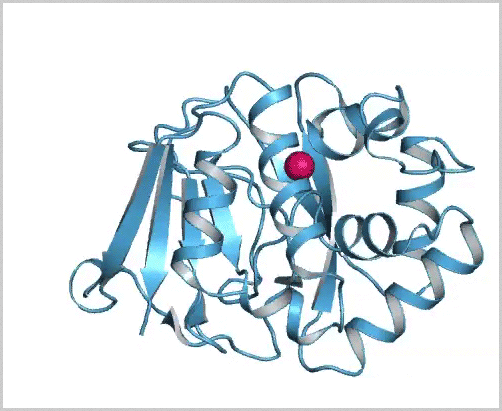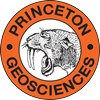
(Courtesy of Yan Xu and Liang Feng)
Cadmium, (Cd), an element which has been thought to be only toxic to organisms, behaves exactly like a nutrient in the sea: it is depleted to very low concentrations as result of biological uptake at the surface and remineralized at depth. Because of its excellent correlation with phosphate, Cd is used as a paleotracer for nutrients. Over the past several years, we have demonstrated that cadmium is an important micronutrient for marine phytoplankton. In particular, we have discovered and characterized a Cd-carbonic anhydrase, CDCA, the first and only known cadmium metalloenzyme. Carbonic anhydrases (CA) are extremely fast enzymes that catalyze the reversible conversion of CO2 to HCO3-. CDCA, along with other novel CA we have discovered in marine phytoplankton, plays a critical role in the acquisition of inorganic carbon for photosynthesis. Some organisms that use Cd for growth do not possess CDCA, implying the existence of other Cd metalloenzyme(s). The discovery of (CDCA) establishes a remarkable link between the global cycles of cadmium and carbon in the oceans.



